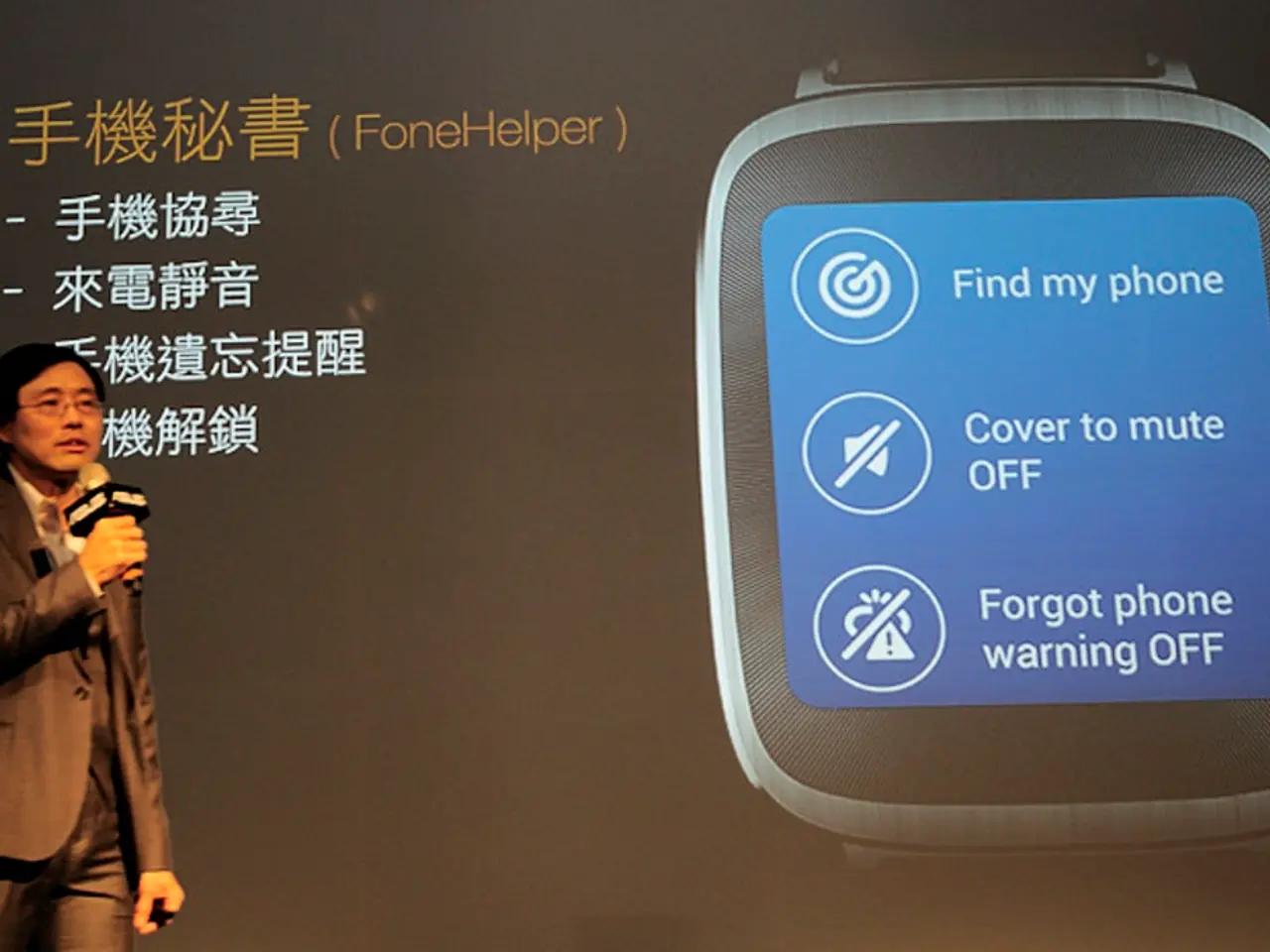Artificial Intelligence Revolution: The Age of Recurrent Neural Networks (RNNs)
Recurrent Neural Networks (RNNs) have proven to be a powerful tool in the field of artificial intelligence, particularly when it comes to processing sequential data. One variant of RNNs, Long Short-Term Memory (LSTM) networks, has gained widespread popularity due to their ability to handle complex, long-range dependency tasks.
RNNs excel at tasks where the order of inputs matters, such as time series prediction, speech recognition, and text analysis. They can also be applied to image sequences, like video frames, for tasks such as object tracking and action recognition. However, one of the primary challenges with RNNs is the vanishing gradient problem, where gradients shrink as they propagate backward, limiting their ability to capture relationships over long sequences.
LSTMs, on the other hand, are designed to overcome this issue. They feature gates that regulate the flow of information, helping to mitigate both vanishing and exploding gradients that impair standard RNN training. This results in more stable and efficient learning on complex sequential tasks.
The gating mechanism in LSTMs, consisting of input, forget, and output gates, along with a cell state that acts as an information conveyor belt, allows LSTMs to selectively retain or discard information over long time steps. This structure dramatically improves their ability to model long-term dependencies, making them a preferred choice for tasks where context over long sequences matters, such as natural language processing, speech recognition, and language modeling.
Compared to other RNNs, LSTMs offer significant advantages in terms of performance and efficiency. They usually outperform vanilla RNNs in tasks like language translation, speech-to-text, time series forecasting, and other domains where context over long sequences matters.
In the real world, LSTMs are widely used in various AI applications that involve sequential or time series data. These include natural language processing, speech recognition, machine translation, video gaming, handwriting recognition, robot control, healthcare data analysis, and financial forecasting.
Despite the advantages of LSTMs, traditional RNNs still see use in simpler or shorter-sequence tasks. However, they generally offer inferior performance and efficiency compared to LSTMs. Recent advancements have introduced more efficient RNN architectures and training techniques, improving their scalability and performance.
Training RNNs can be computationally intensive and time-consuming, but the payoff is worth it. In the future, RNNs will be at the heart of AI systems that require real-time processing of dynamic, sequential data, such as autonomous vehicles and real-time language translation.
However, it's important to note that overfitting can occur if the model becomes too complex in RNNs, requiring careful tuning to avoid. Solutions like LSTMs and GRUs have been developed to tackle the vanishing gradient problem in RNNs.
RNNs are also finding applications in fields like healthcare, where they are used for predicting patient outcomes based on sequential medical data or for real-time health monitoring using wearable devices.
In summary, while both RNNs and LSTMs are designed for sequential data, LSTMs are markedly more effective and reliable for complex, long-range dependency tasks, making them a cornerstone architecture in many AI systems today.
Artificial-intelligence, with its advancements in technology, leverages Long Short-Term Memory (LSTM) networks to address the challenges posed by the vanishing gradient problem in Recurrent Neural Networks (RNNs). LSTMs excel in tasks where context over long sequences matters, such as natural language processing and language modeling.




